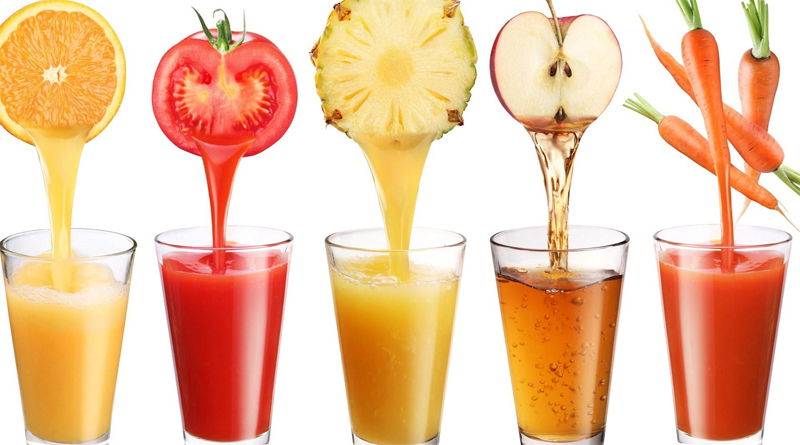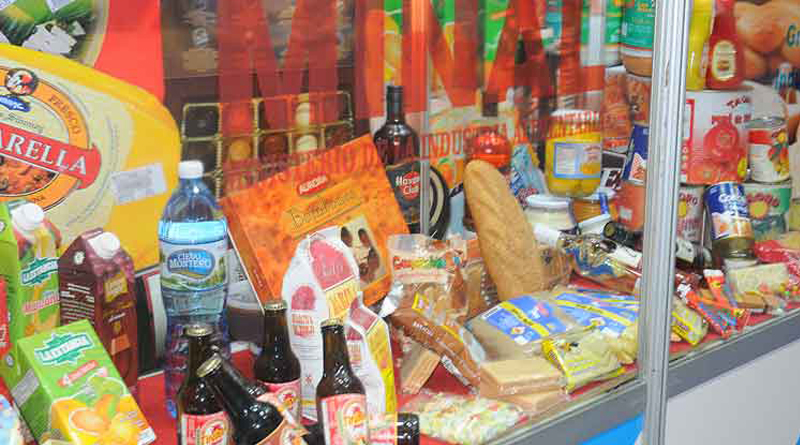The broadening taste palate of consumers is spurring ever more adventurous flavour creations in the drinks sector, Ben Cooper writes, while growing sophistication in how consumers view flavour profiles in food and drink is leading to new opportunities in marketing, product development and food pairing.
When what might be termed the “flavour revolution” in beverages began, the “new” flavours being offered would typically have a familiar ring to them, not to mention a familiar taste. Flavoured variants were introduced to meet or perhaps create new demand which would be sustained, giving these products reasonable life expectancy.
Today, things are rather different. While some familiar flavours endure, the market is now defined by a constant stream of new flavours, including the increasingly exotic. From beetroot, pomegranate and aloe vera to combinations such as cola & apricot and elderflower & grape, the flavours universe is expanding in every direction.
In soft drinks, just-drinks commentator Richard Corbett describes flavours as “the key focal point of innovation” . Flavours represent a key trend in spirits categories such as rum and whisk(e)y, while broadening consumer tastes and expectations are exerting a major influence on the cocktail sector.
In one sense, the names themselves, however outlandish, exotic and unfamiliar they may become, are not the point. It is the constantly changing flavour landscape that is key, and behind this is growing consumer adventurousness.
Martin Yeomans, professor of experimental psychology at the University of Sussex, whose research into eating and drinking behaviour includes work on flavour, says the broadening appetite for new flavours stems essentially from exposure consumers now have to diverse food and drink cultures. “The likely explanation is exposure: that is the range of flavours available to consumers has increased dramatically, partly through incorporation of culinary practices across cultures, partly by increased mobility and prosperity,” Yeomans explains. “As a psychological effect, exposure is key to reducing neophobia.”
It could be said that the proliferation of flavoured variants in the drinks sector itself adds to that exposure, creating an inflationary dynamic in the flavours market and fostering the acceleration being seen in new flavour developments.
Yeomans also provides a scientific explanation as to why younger adult consumers are particularly keen to seek out new flavour drinks and represent such an important target segment in this booming area of the drinks market. Patterns of neophobia, which is the irrational fear of something new or unfamiliar, is known to change over the lifespan. “Neophobia appears at around 12 months and peaks in the early years but declines markedly in the teens,” says Yeomans. “This is coupled with a broader increase in sensation seeking that is well known in young adults. Neophobia increases again in later life, perhaps explaining the particular attachment of many older consumers to more familiar foods and so less acceptance of new flavours and cuisines.”
Heightened consumer appreciation of, and interest in, flavours and flavour combinations also helps to explain the growing importance of food pairing in the drinks market.
Closely linked with the growing consumer interest in all aspects of gastronomy – at home and dining out – an increasing focus on food pairing was called out as a key future trend in the Emerging Drinks Industry Trends report, published by just-drinks earlier this year.
Crucially, food pairing now goes well beyond wine which would seem to stand to reason given the developing consumer appreciation of flavours. In a more liberated and freeform flavour environment, why should one type of drink have a monopoly? Consumers need no longer be bound by the convention of pairing food with wine, and spirits and beer marketers are delighted at the prospect.
In a recent just-drinks/The IWSR report on rum, Rebecca Quinones, global brand ambassador for Ron Zacapa, says food pairing is playing a key part in the brand’s strategy in the US. “We’re also partnering with chefs from key markets in different cities and doing a lot of food pairing to show Zacapa’s versatility,” she explains.
Popular spirit and food pairings include Tequila with oysters, gin with a prawn cocktail, whisky with beef, rum with pork and, naturally, vodka with caviar. Pairing cocktails with food is also becoming increasingly common. At some of the most innovative and fashionable restaurants, chefs now work closely not only with sommeliers but with bartenders.
Food pairing is also of great interest to the new generation of adult-targeted non-alcoholic drinks. Their aim is to create a more complex taste than conventional soft drinks so their products can be used as a cocktail base or be married with food.
Top Trends in Alcoholic Drinks, a report published in July by market research company ReportsnReports, includes a number of relevant trends among its key findings. Not only does the report confirm that food pairing has “become an important factor that drives the consumption of alcoholic drinks”, and that curiosity is driving the growth in flavours, but it also suggests consumers are demanding “a multi-sensory experience in alcoholic drinks”.
So, we can expect growing consumer interest in finding new flavours to be combined with an increasing interest in texture and how taste and texture relate to one another. Technologists trying to meet the challenge of reducing sugar in soft drinks know all about the challenges presented by the loss in “mouthfeel”. The importance of texture to how people taste food and drink is illustrated by the excitement generated by work in Japan on “kokumi”. This is a new term describing a specific type of mouthfeel which people detect through calcium channels on the tongue that were only discovered in 2008.
A far more nuanced appreciation of texture and flavour on the part of the consumer can only be good news for drinks marketers. Arguably, the potential for new product development, for offering new and exotic flavours or flavour combinations to establish points of difference, has never been greater.
Source: Just drinks







